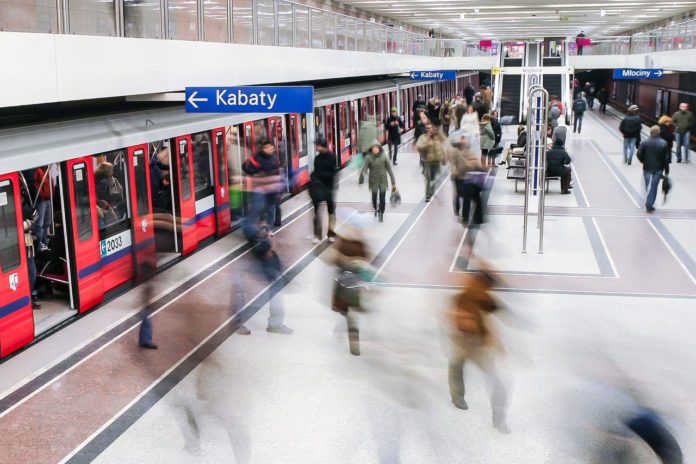Based on the data gathered from 2009 to 2018, a new study took a gander at 327,403 metro and bus passengers’ responses to Satisfaction Surveys (CSS) from 28 cities across four continents. They then compared the scores between men and women. They looked at whether they differed alongside characteristics of the transport network like rates of violence on the network, numbers of cars per train, and the busyness of vehicles and stations.
It found that, on average, women 10% more likely than men to report feeling unsafe on city public transport.
Women are ten percent more likely than men to report feeling unsafe on metro trains (trains that go underground) and six percent more likely than men to report feeling dangerous on buses.
The rate was high in Europe, where women feel 12 percent more unsafe than men. On the other hand, women in South America were nine percent more likely to report feeling unsafe than men.
The study highlights the importance of social issues that could be preventing some women from thriving, both personally and professionally.
Lead author Laila Ait Bihi Ouali, of Imperial’s Department of Civil and Environmental Engineering, said: “Our research exposes a gap in passenger safety levels that’s often overlooked. We hope that by putting a figure on feelings of safety, urban metro and bus companies can take measures to boost women’s feelings of safety and reduce the gap between genders.”
“Our study was conducted on data from before the coronavirus outbreak, but its message will be just as important when life resumes as normal.”
The study also highlights that women were overall less satisfied than men with public transport services, but the gap between genders for satisfaction was far less than for safety (gap of three percent gap for satisfaction on metros; 2.5 percent gap for satisfaction on buses).
It means safety is an essential part of overall passenger satisfaction.
Laila said, “Quantifying feelings of safety on public transport with operators’ data could help contribute towards creating tangible goals, which operators could use to improve people’s feelings of safety.”
“Feeling unsafe can lead to social, professional, economic, and health problems for those affected. In this case, women who feel unsafe on public transport might turn down shift work at certain times of day, or avoid social or work events that require traveling a certain route.”
Study co-author Professor Dan Graham, also of Imperial’s Department of Civil and Environmental Engineering, said: “Feeling unsafe on public transport can prevent people from living as they otherwise would at certain times or on certain routes. We hope our results will highlight the gender gap in feelings of safety and nudge transport companies to implement changes to help women feel safer using public transport.”
Scientists are further planning to take a gander at the links between transport characteristics and feelings of safety to try to decipher which characteristics companies might change to boost feelings of safety in passengers.
Journal Reference:
- Gender differences in the perception of safety in public transport. DOI: 10.1111/rssa.12558
